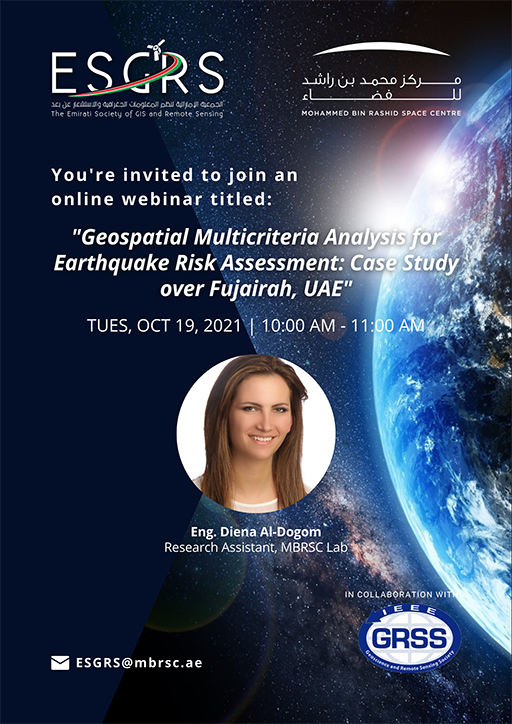A clear understanding of the spatial distribution of earthquake events facilitates the prediction of seismicity and vulnerability amongst researchers in the social, physical, environmental, and demographic aspects. Generally, there are few studies on seismic risk assessment in UAE within the geographic information system (GIS) platform. Former researches and recent news events have demonstrated that the eastern part of the country experiences jolts of 3-5 magnitude, specifically near Fujairah city and surrounding towns. This study builds on previous research on the seismic hazard that extracted the eastern part of the UAE as the most hazard-prone zone. Therefore, this study develops an integrated analytical hierarchical process (AHP) and machine learning (ML) for risk mapping considering eight geospatial parameters- distance from shoreline, schools, hospitals, roads, residences, streams, confined area, and confined area slope. Experts’ opinions and literature reviews were the basis of the AHP ranking and weighting system. To validate the AHP system, support vector machine (SVM), decision tree (DT) and random forest (RF) classifiers were applied to the datasets. The datasets were split into 60:40 ratio for training and testing. Results show that SVM has the highest accuracy of 79.6% compared to DT and RF with a ‘predicted high’ precision of 87.5% attained from the model. Risk maps from both AHP and ML approaches were developed and compared. Risk analysis was categorized into 5 classes ‘very high’, ‘high’, ‘moderate’, ‘low’, and ‘very low. Both approaches modelled relatable spatial patterns as risk prone zones. AHP approach concluded 3.6% as ‘very high’ risk zone, whereas only 0.3% of total area was identified from ML. The total area for the ‘very high’ (20 km2) and ‘high’ (114 km2) risk were estimated from ML approach.


